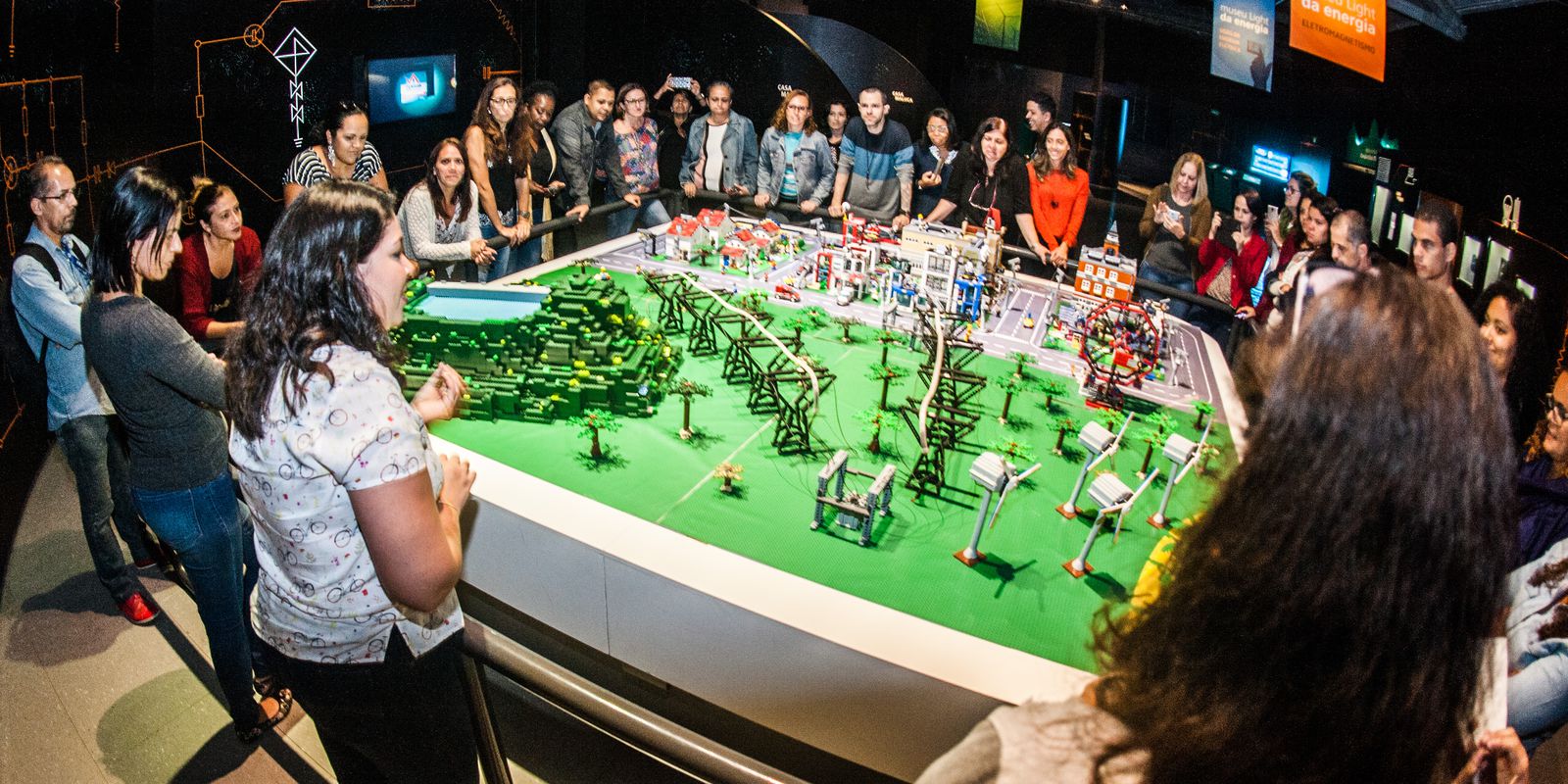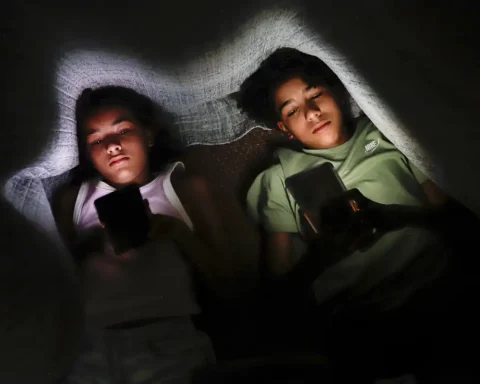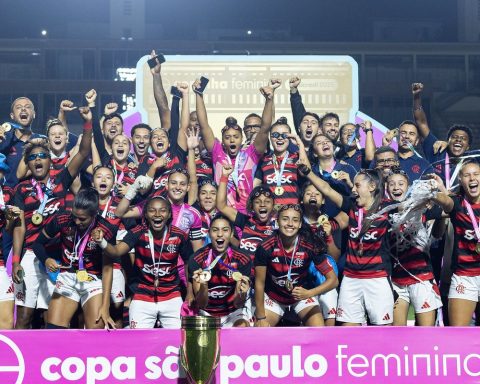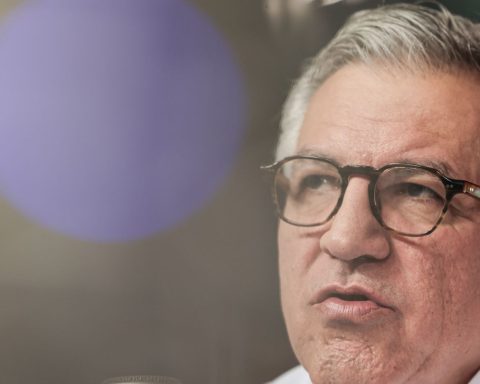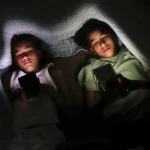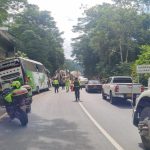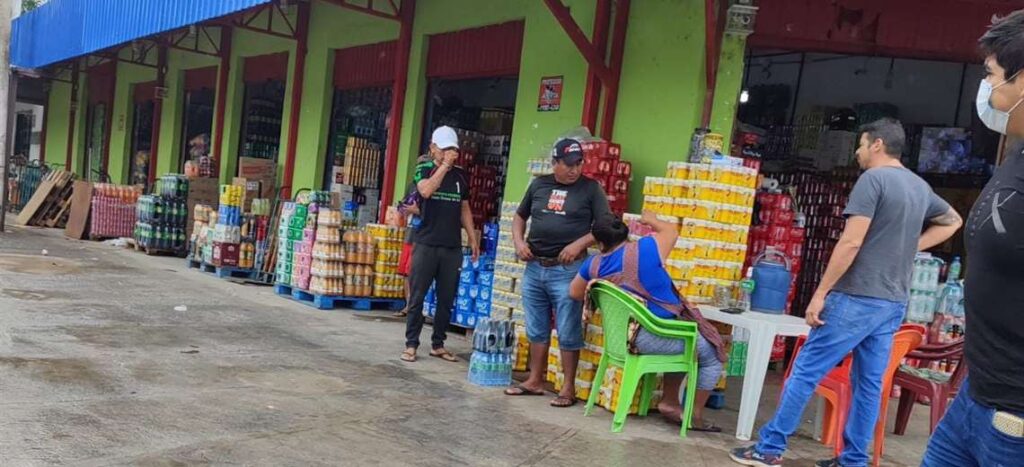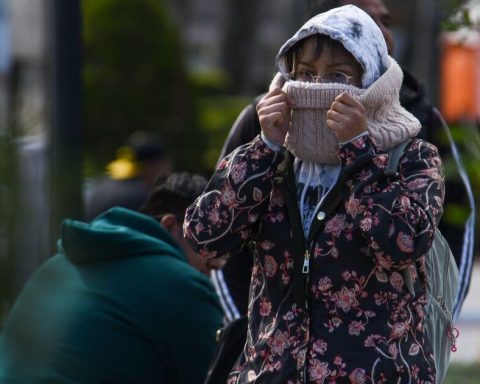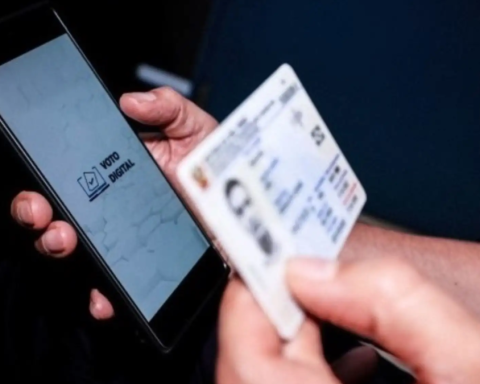In commemoration of the ten years anniversary of the Light Energy Museum, the Light Cultural Educational Program will take part of the space’s programming and activities to other cultural areas of the city, such as the National Historical Museum and the Parque Libraries.
Students from municipal schools in Rio de Janeiro, Duque de Caxias, Nova Iguaçu and Belford Roxo will have free transport to visit these places. Estela Alves, responsible for the program, says that students and teachers will have the opportunity to discover and unravel the mysteries of electric energy in a playful and fun way.
“Especially in regions of social vulnerability, it is essential to stimulate new experiences and cultural knowledge. Light has a consolidated program and invests in this expansion and in inspiring partnerships with other very relevant spaces in the cities where we operate,” said Estela.
The official also explains that the idea of the traveling museum is to “provoke reflections, demystify the functioning of the electrical system, raise awareness of the importance of not wasting and taking care of the environment, talk about alternative sources and changes in consumption habits, in addition to expanding the access to culture and education”.
SDGs
The tour lasts about two hours, with one hour dedicated to the presentation of the theatrical show. how much energy. In the Light Museum’s action with the National Historical Museum, for example, the narrative of the visit will focus on the historical part of the development of public services, with contributions from the collections of both institutions.
The action is in line with the United Nations (UN) 2030 Agenda, which considers the Sustainable Development goals (SDGs), especially SDGs 11 (sustainable cities and communities) and SDGs 17 (partnerships and means of implementation).
SDG 11 provides for universal access to safe, inclusive, accessible and green public spaces by 2030, in particular for women, children and adolescents, older people and people with disabilities, in addition to other groups in situations of vulnerability.
On the other hand, SDG 17 encourages and promotes effective partnerships in the public, public-private, private and civil society spheres, based on the experience of the resource mobilization strategies of these partnerships.
Article changed at 3:03 pm to fix the title. The Light Energy Museum takes its collection to the state of Rio de Janeiro and not to São Paulo, as it was previously
